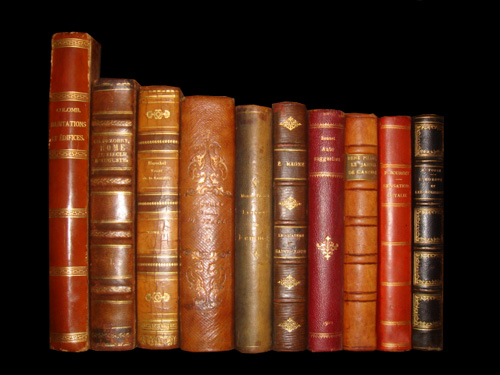



As the depression worsened in the 1930s, not only did workers find their pay and working hours cut or eliminated, but the survival strategies they had developed during the 1920s were undermined. Looking elsewhere for help, workers adopted new ideological perspectives and overcame longstanding divisions among themselves to mount new kinds of collective action. Chicago workers' experiences as citizens, ethnics and blacks, wage earners and consumers all converged to make them into New Deal Democrats and CIO unionists.
Click for the original review.
Background Information
Chicago, Illinois, is the largest city on the Great Lakes. Franklin D. Roosevelt declared that he would deliver a New Deal, which became the name for his anti-Depression programs. The Congress of Industrial Organizations was founded because many union leaders felt that the AFL was not doing enough for the average worker in large industries.